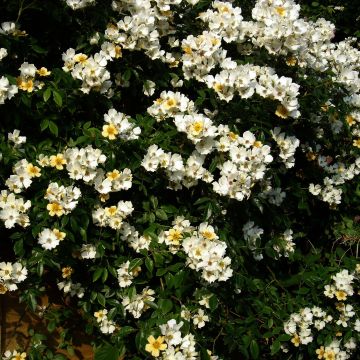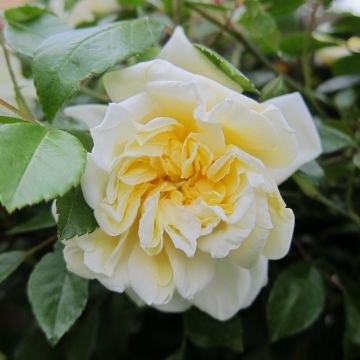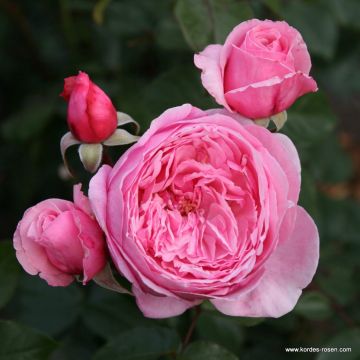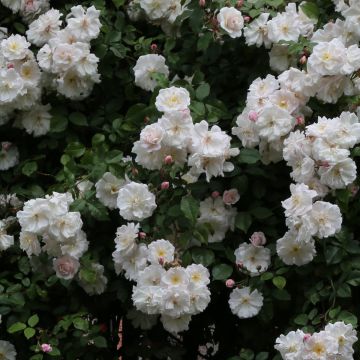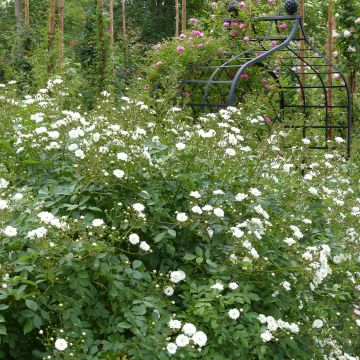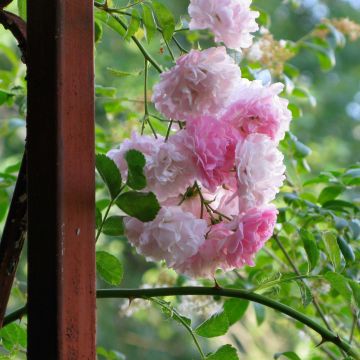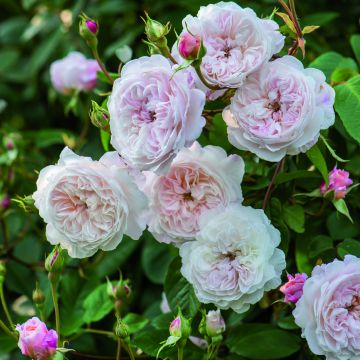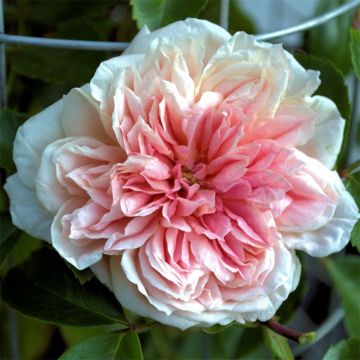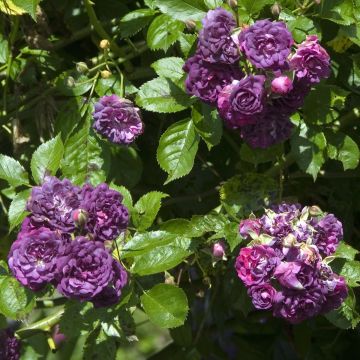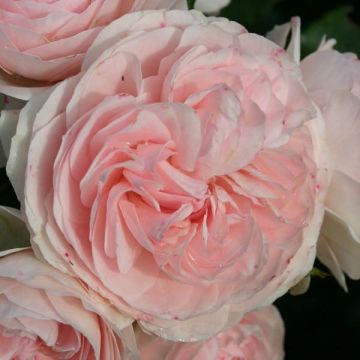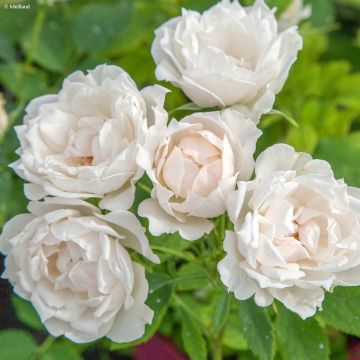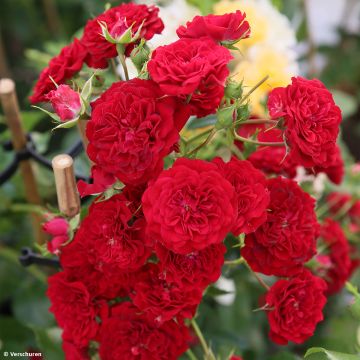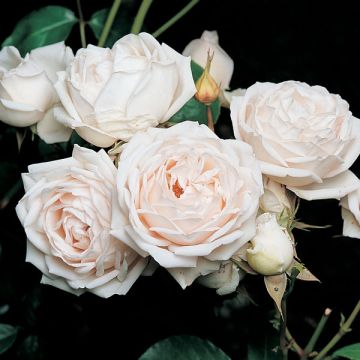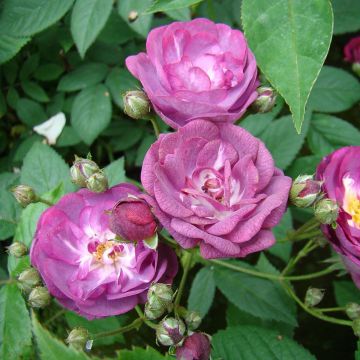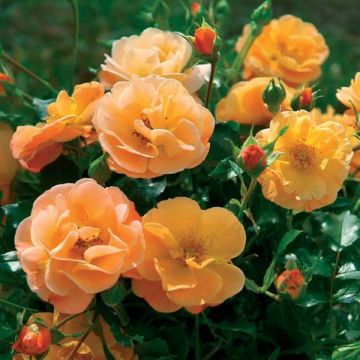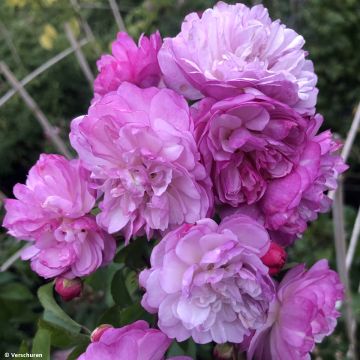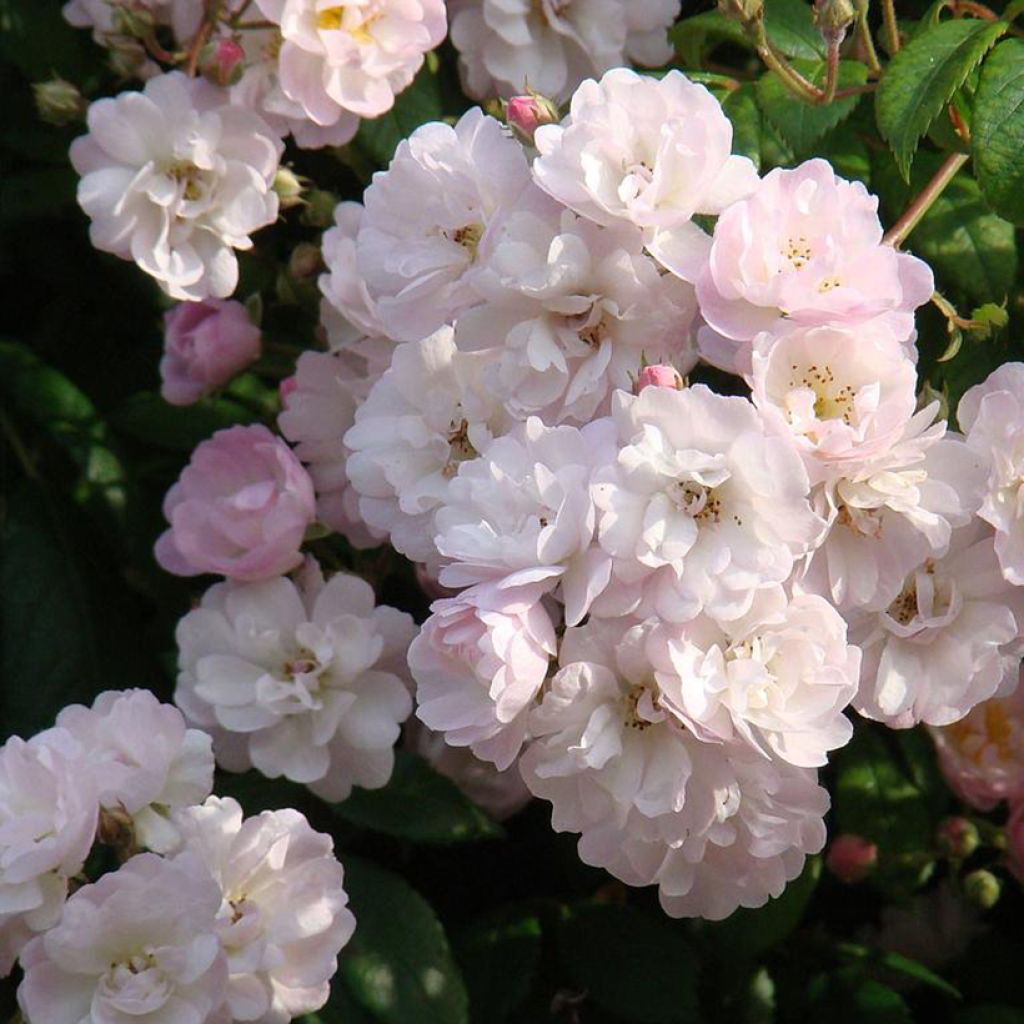

Rosier grimpant Guirlande Rose
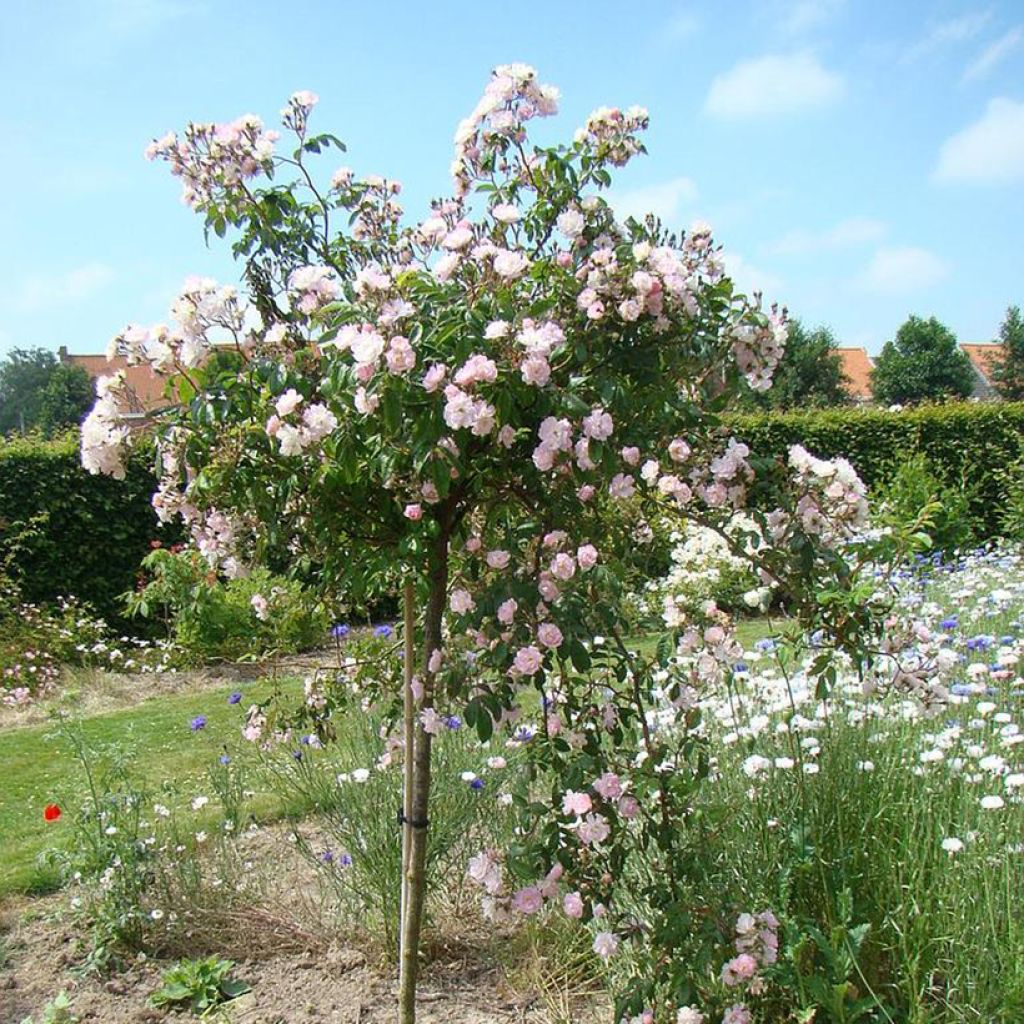

Rosier grimpant Guirlande Rose
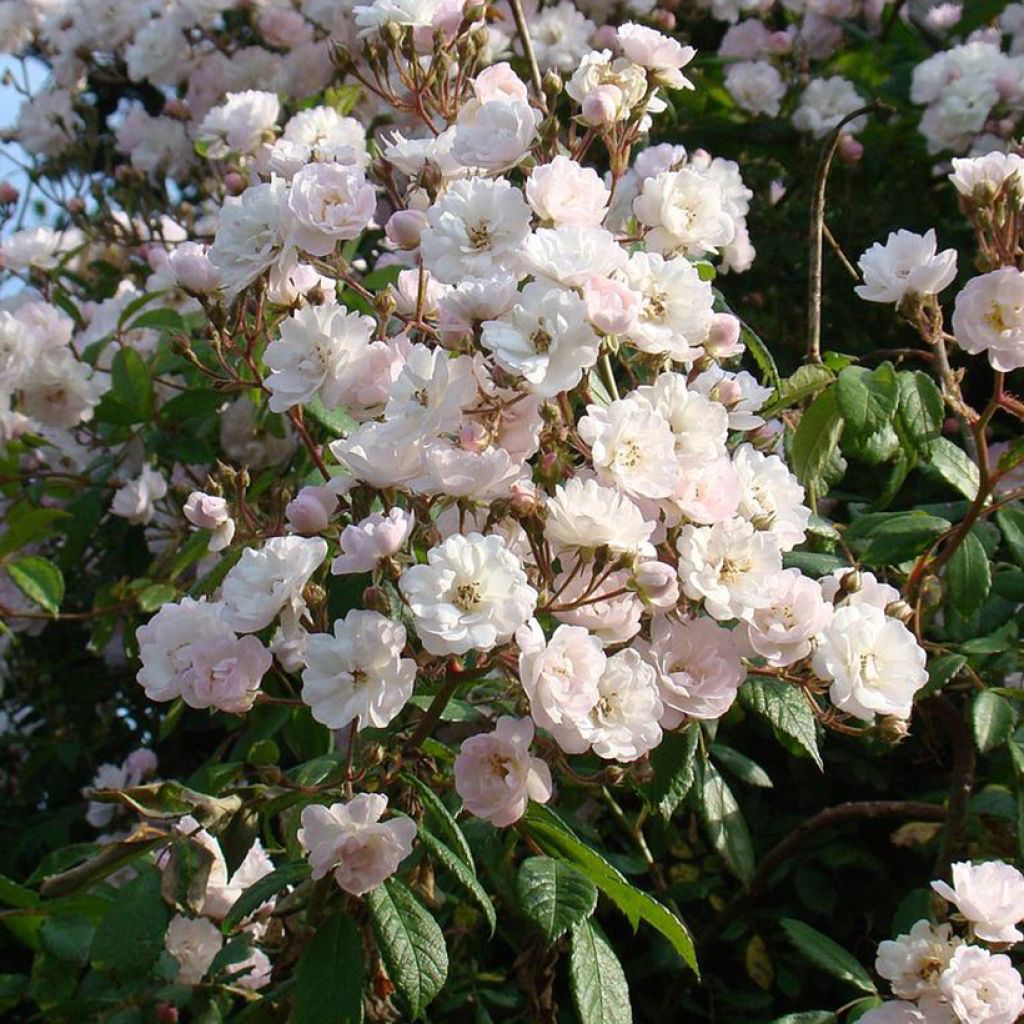

Rosier grimpant Guirlande Rose
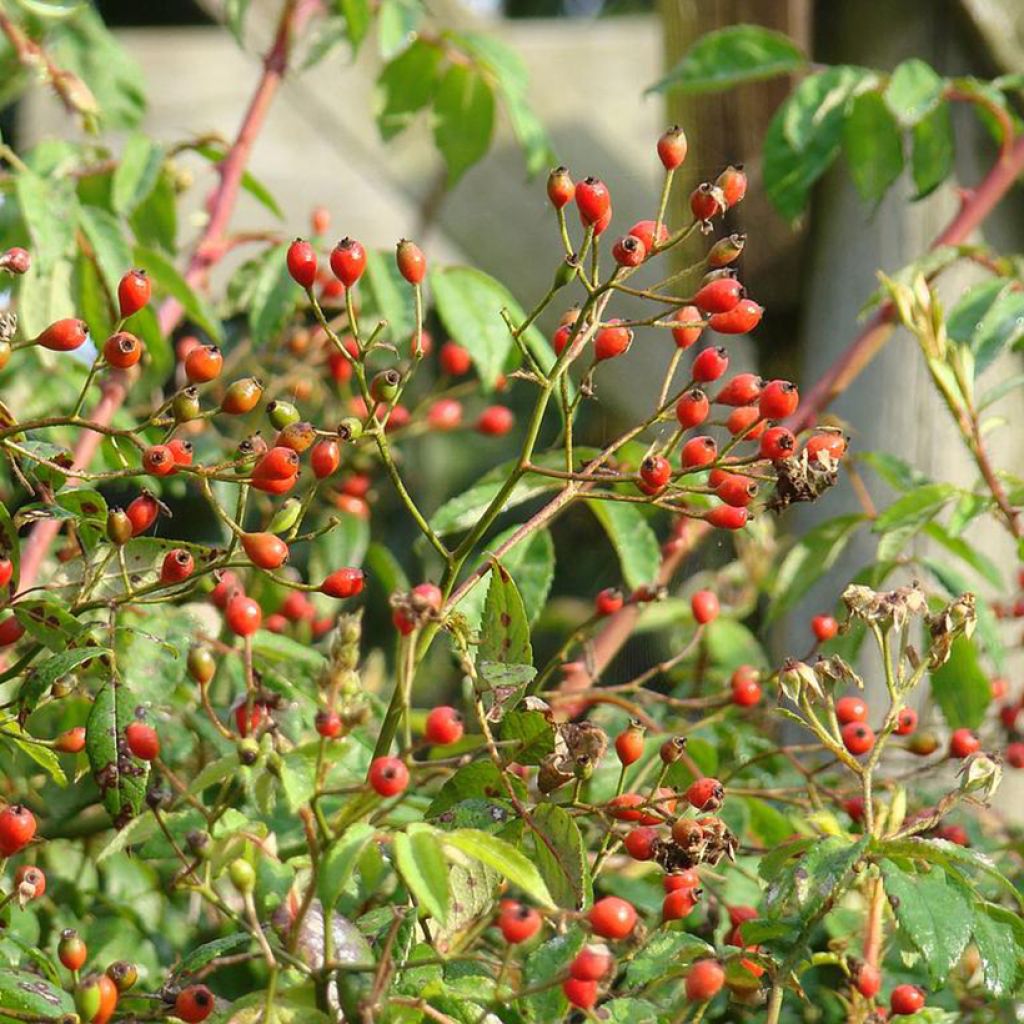

Rosier grimpant Guirlande Rose
Climbing rose 'Garland'
Rosa x wichuraiana Guirlande Rose 'VELwichba'
Memorial Rose, Wichuraiana Rose, 'VELwichba'
This item cannot be shipped to the selected country
Delivery charge from €5.90
Delivery charge from €5.90
More information
Schedule delivery date,
and select date in basket
This plant carries a 24 months recovery warranty
More information
We guarantee the quality of our plants for a full growing cycle, and will replace at our expense any plant that fails to recover under normal climatic and planting conditions.
From €5.90 for pickup delivery and €6.90 for home delivery
Express home delivery from €8.90.
From €5.90 for pickup delivery and €6.90 for home delivery
Express home delivery from €8.90.
Does this plant fit my garden?
Set up your Plantfit profile →
Description
The Garland Rose is a wonderful pale pink flowered version of the famous Garland of Love. It has the same qualities of floribundity and disease resistance, but has more flexible stems, like those of climbing roses. This large, robust and repeat-flowering rose displays exuberant and ramified growth, with vibrant green foliage. It is covered in long bouquets of small semi-double to double roses that exude a delicious carnation scent. This splendid variety also produces decorative small fruits at the end of the season.
This large Garland Rose 'VELwichba' is a creation by Louis Lens dating back to 2008. It is a hybrid of the Rosa wichuraiana, a botanical species native to East Asia. The plant can easily reach 3 m to 4 m (13ft) in height with a spread of 2 m (7ft). Its long stems are very flexible, thorny and covered in abundant and very healthy foliage, a bright green with a slight sheen. The flowers of this repeat-flowering variety form abundantly, first in June-July, then in September-October, sometimes until November if the autumn is mild. Gathered in long pyramidal clusters along the stems, they are also particularly resistant to rain. They emerge on short shoots of the 2nd year, as pale pink buds. Then, they open up into small semi-double to double roses measuring 3-4 cm (1-2in) in diameter. Coquettish, simple, charming, they are surrounded by a gentle scent of musk and cloves. Their color changes from light pink to white over the course of hours. Pollinated by bees, they transform into small fruits that delight birds in the colder months. These are actually fleshy false fruits called hips. They contain a large quantity of single-seeded achenes.
'Garland Rose' is an enchanting, generous and robust rose, which can be invited into a romantic or English-style garden. Like other climbing roses or ramblers, it is incomparable for covering walls, fences, arbors and pergolas. Its dense habit also allows it to be used in a flowering hedge against which it can lean its long stems. To accompany it, consider for example a vigorous clematis of the terniflora type or belonging to the 'montana' group. It is an ideal companion for small trees that it will invigorate, or for cabins to which it gives a charming touch. Trained over an arch, it will create a romantic and perfumed passage.
Report an error about the product description
Plant habit
Flowering
Foliage
Botanical data
Rosa
x wichuraiana
Guirlande Rose 'VELwichba'
Rosaceae
Memorial Rose, Wichuraiana Rose, 'VELwichba'
Cultivar or hybrid
Other Rambling Roses
Planting and care
The Garland Rose rosebush adapts to any soil, even heavy or sandy, as long as the planting is taken care of and it does not lack water or nutrients. Plant it in well-worked and well-drained ordinary soil, and a sunny or semi-shaded location. Plant it in early spring or autumn, never during frost.
Pruning: Keep the main branches of your rosebush to preserve its structure. Remove the lateral branches by pruning them 3 to 5 cm (1 to 2in) from the main branches. This pruning helps rejuvenate the plant and promotes flower production at the base of the plant. Fairly hardy, this rosebush can withstand temperatures down to -20°C (-4°F). Removing dead wood in winter and removing faded flowers may be useful if you do not want fruit formation. If necessary, light pruning can be done in spring, after the risk of frost. Climbing roses can also be left to grow freely if you have large spaces.
If you plant a climbing rosebush next to a living tree, the root system of the rosebush will compete with that of the already well-established tree. To control watering, a trick is to plant the rosebush in a large container with a perforated bottom at the tree's base; the tree roots will not penetrate the container for at least a year. Remove the container after 1 year, for example, by cutting one side without disturbing the root system of the rosebush. The rosebush will have had time to develop its root system deeply and will be more resistant.
During the end of summer, rosebushes often develop stains and become unsightly. However, this is a natural occurrence and does not pose any harm to the rosebush.
Planting period
Intended location
Care
-
, onOrder confirmed
Reply from on Promesse de fleurs
Roses by producer
Haven't found what you were looking for?
Hardiness is the lowest winter temperature a plant can endure without suffering serious damage or even dying. However, hardiness is affected by location (a sheltered area, such as a patio), protection (winter cover) and soil type (hardiness is improved by well-drained soil).

Photo Sharing Terms & Conditions
In order to encourage gardeners to interact and share their experiences, Promesse de fleurs offers various media enabling content to be uploaded onto its Site - in particular via the ‘Photo sharing’ module.
The User agrees to refrain from:
- Posting any content that is illegal, prejudicial, insulting, racist, inciteful to hatred, revisionist, contrary to public decency, that infringes on privacy or on the privacy rights of third parties, in particular the publicity rights of persons and goods, intellectual property rights, or the right to privacy.
- Submitting content on behalf of a third party;
- Impersonate the identity of a third party and/or publish any personal information about a third party;
In general, the User undertakes to refrain from any unethical behaviour.
All Content (in particular text, comments, files, images, photos, videos, creative works, etc.), which may be subject to property or intellectual property rights, image or other private rights, shall remain the property of the User, subject to the limited rights granted by the terms of the licence granted by Promesse de fleurs as stated below. Users are at liberty to publish or not to publish such Content on the Site, notably via the ‘Photo Sharing’ facility, and accept that this Content shall be made public and freely accessible, notably on the Internet.
Users further acknowledge, undertake to have ,and guarantee that they hold all necessary rights and permissions to publish such material on the Site, in particular with regard to the legislation in force pertaining to any privacy, property, intellectual property, image, or contractual rights, or rights of any other nature. By publishing such Content on the Site, Users acknowledge accepting full liability as publishers of the Content within the meaning of the law, and grant Promesse de fleurs, free of charge, an inclusive, worldwide licence for the said Content for the entire duration of its publication, including all reproduction, representation, up/downloading, displaying, performing, transmission, and storage rights.
Users also grant permission for their name to be linked to the Content and accept that this link may not always be made available.
By engaging in posting material, Users consent to their Content becoming automatically accessible on the Internet, in particular on other sites and/or blogs and/or web pages of the Promesse de fleurs site, including in particular social pages and the Promesse de fleurs catalogue.
Users may secure the removal of entrusted content free of charge by issuing a simple request via our contact form.
The flowering period indicated on our website applies to countries and regions located in USDA zone 8 (France, the United Kingdom, Ireland, the Netherlands, etc.)
It will vary according to where you live:
- In zones 9 to 10 (Italy, Spain, Greece, etc.), flowering will occur about 2 to 4 weeks earlier.
- In zones 6 to 7 (Germany, Poland, Slovenia, and lower mountainous regions), flowering will be delayed by 2 to 3 weeks.
- In zone 5 (Central Europe, Scandinavia), blooming will be delayed by 3 to 5 weeks.
In temperate climates, pruning of spring-flowering shrubs (forsythia, spireas, etc.) should be done just after flowering.
Pruning of summer-flowering shrubs (Indian Lilac, Perovskia, etc.) can be done in winter or spring.
In cold regions as well as with frost-sensitive plants, avoid pruning too early when severe frosts may still occur.
The planting period indicated on our website applies to countries and regions located in USDA zone 8 (France, United Kingdom, Ireland, Netherlands).
It will vary according to where you live:
- In Mediterranean zones (Marseille, Madrid, Milan, etc.), autumn and winter are the best planting periods.
- In continental zones (Strasbourg, Munich, Vienna, etc.), delay planting by 2 to 3 weeks in spring and bring it forward by 2 to 4 weeks in autumn.
- In mountainous regions (the Alps, Pyrenees, Carpathians, etc.), it is best to plant in late spring (May-June) or late summer (August-September).
The harvesting period indicated on our website applies to countries and regions in USDA zone 8 (France, England, Ireland, the Netherlands).
In colder areas (Scandinavia, Poland, Austria...) fruit and vegetable harvests are likely to be delayed by 3-4 weeks.
In warmer areas (Italy, Spain, Greece, etc.), harvesting will probably take place earlier, depending on weather conditions.
The sowing periods indicated on our website apply to countries and regions within USDA Zone 8 (France, UK, Ireland, Netherlands).
In colder areas (Scandinavia, Poland, Austria...), delay any outdoor sowing by 3-4 weeks, or sow under glass.
In warmer climes (Italy, Spain, Greece, etc.), bring outdoor sowing forward by a few weeks.


































